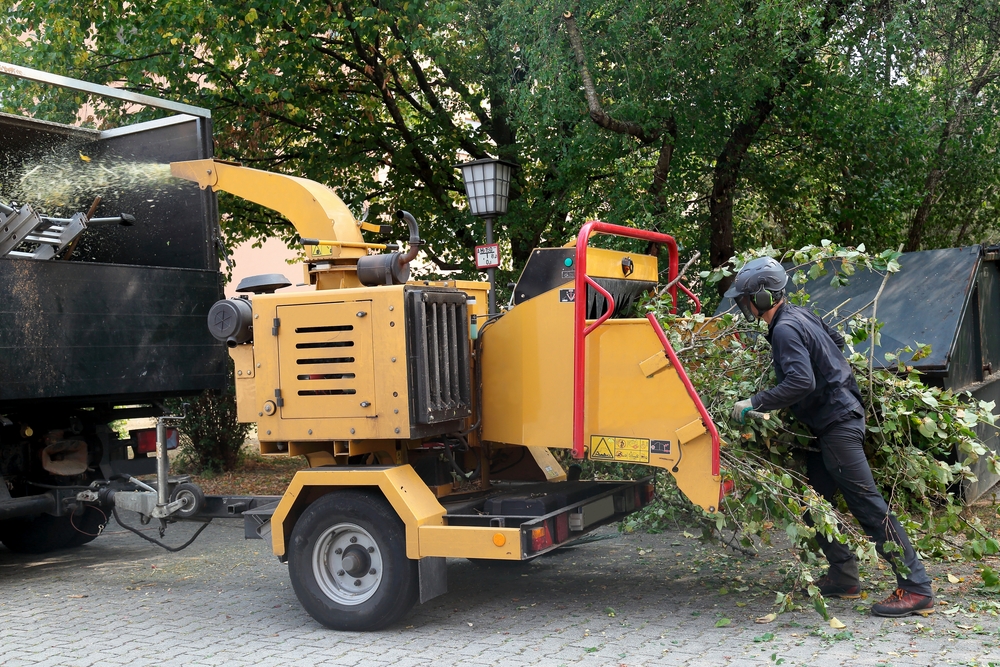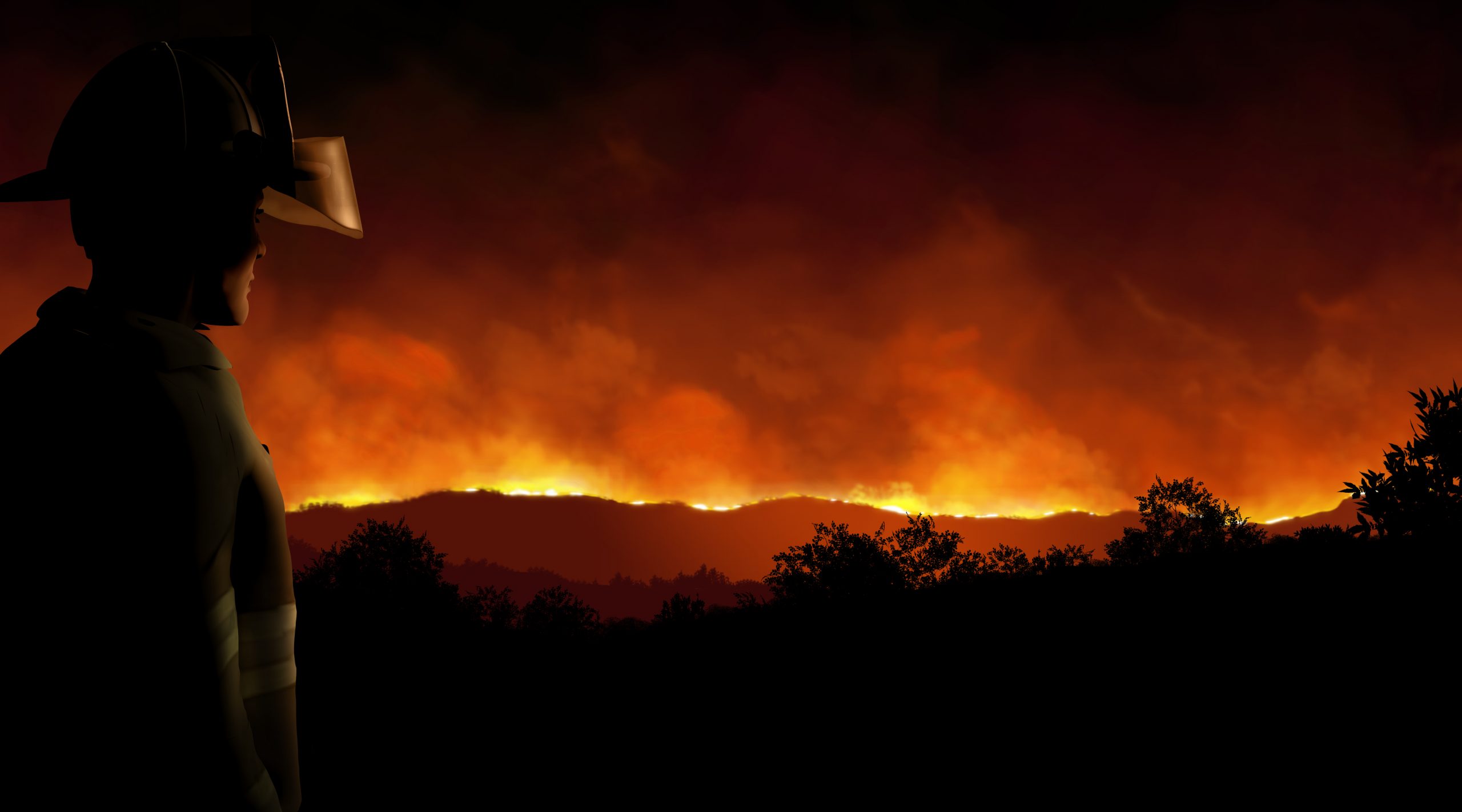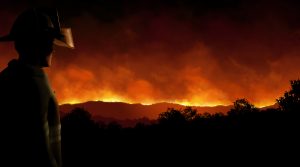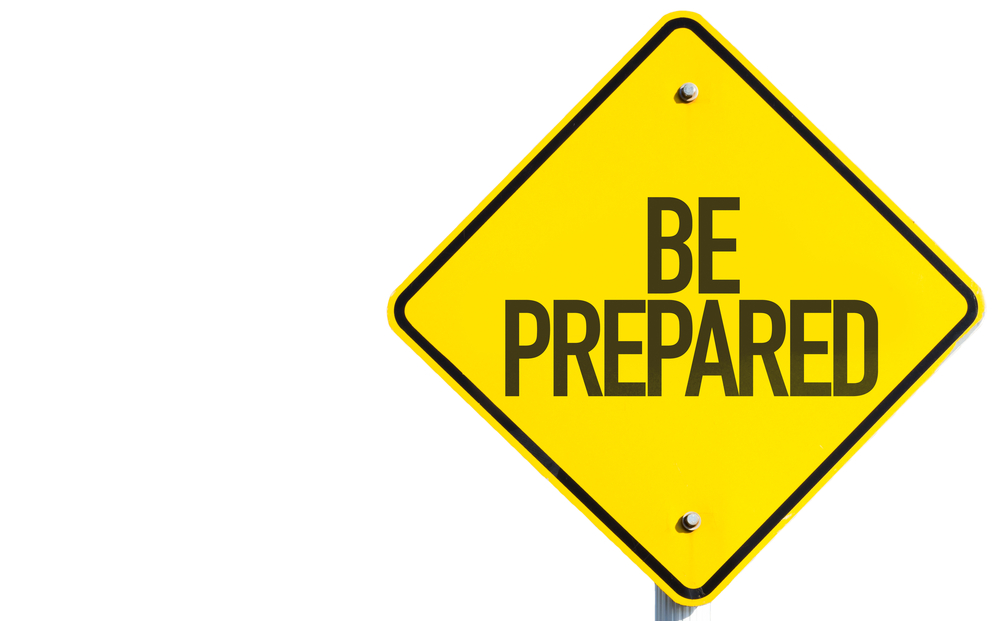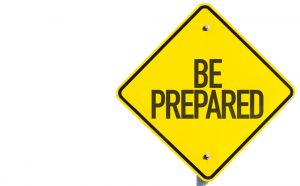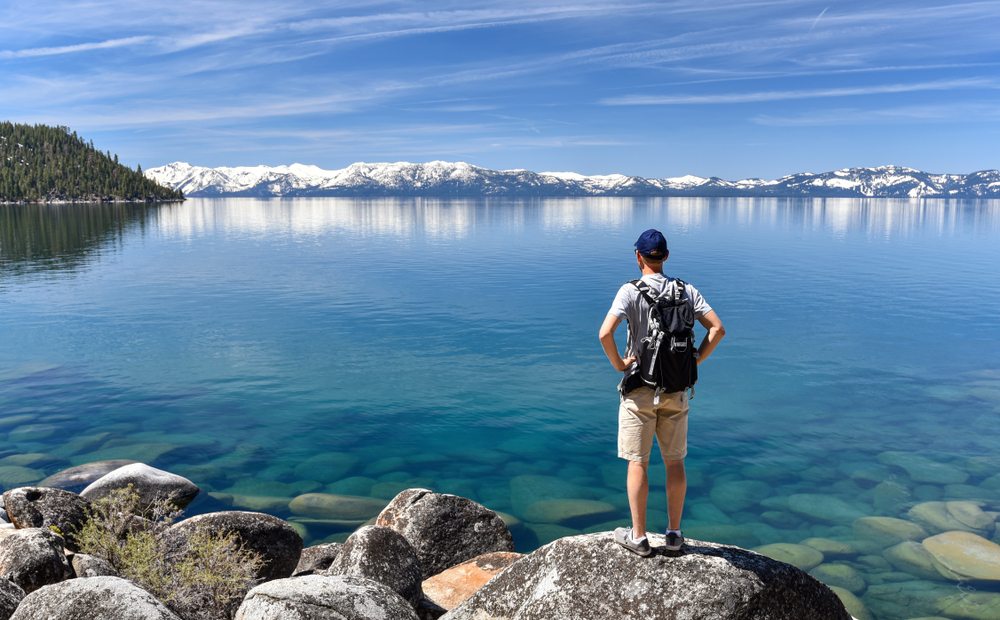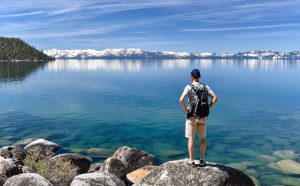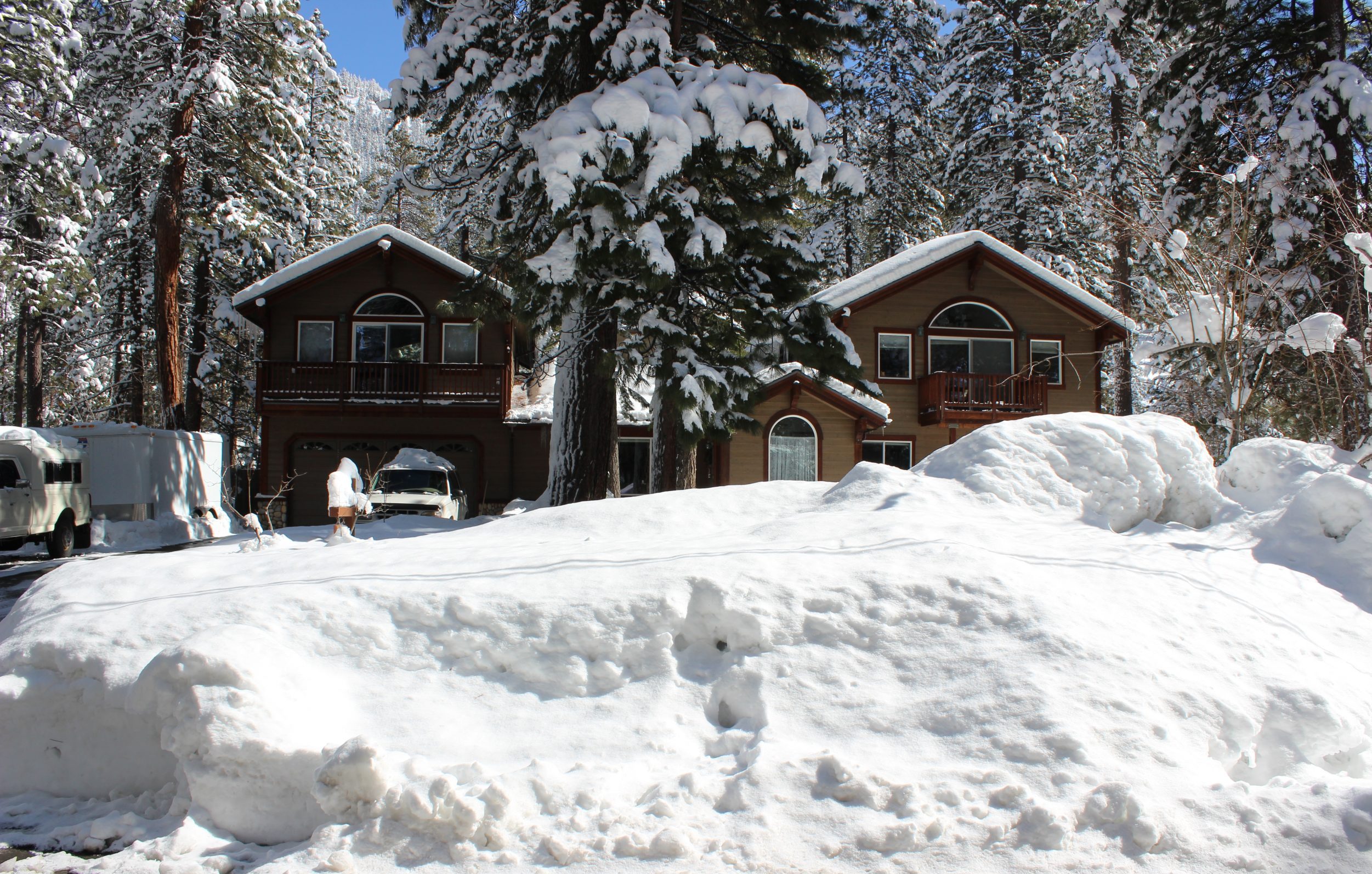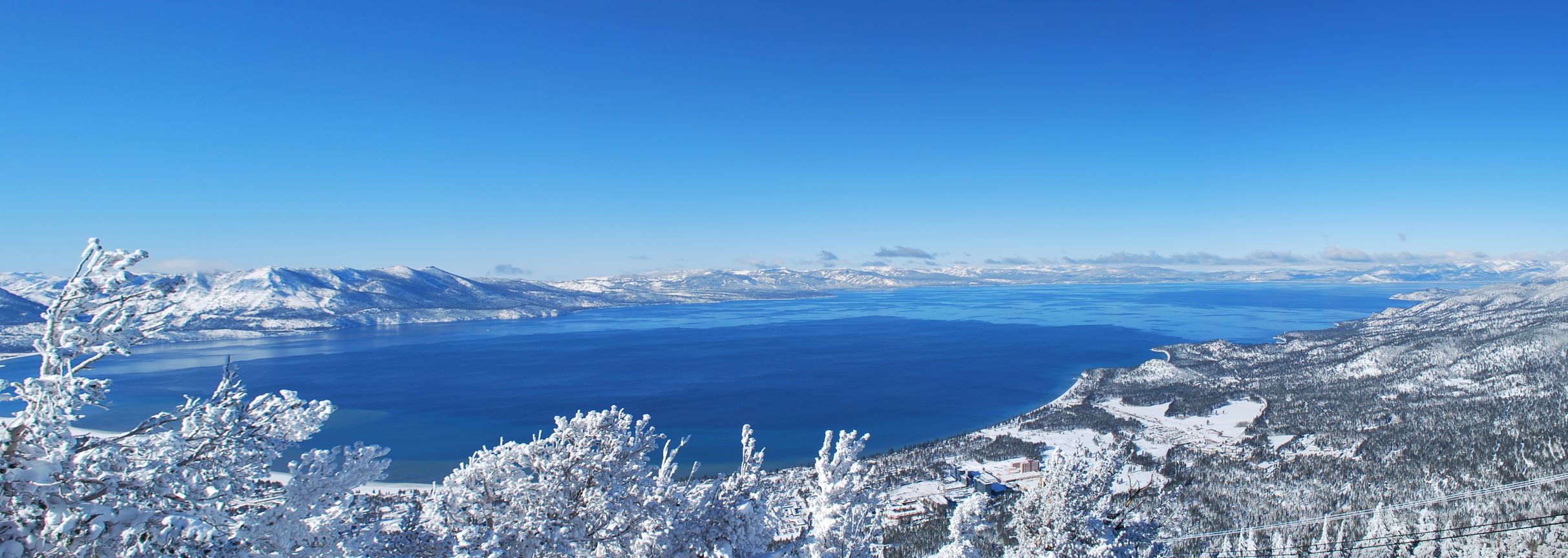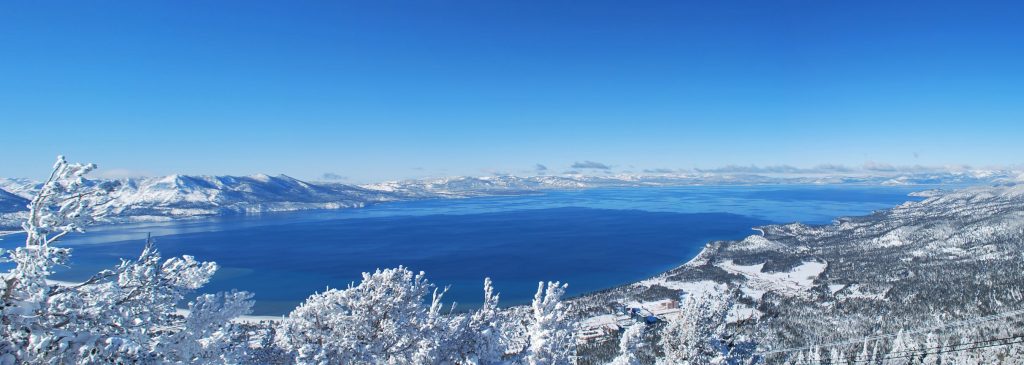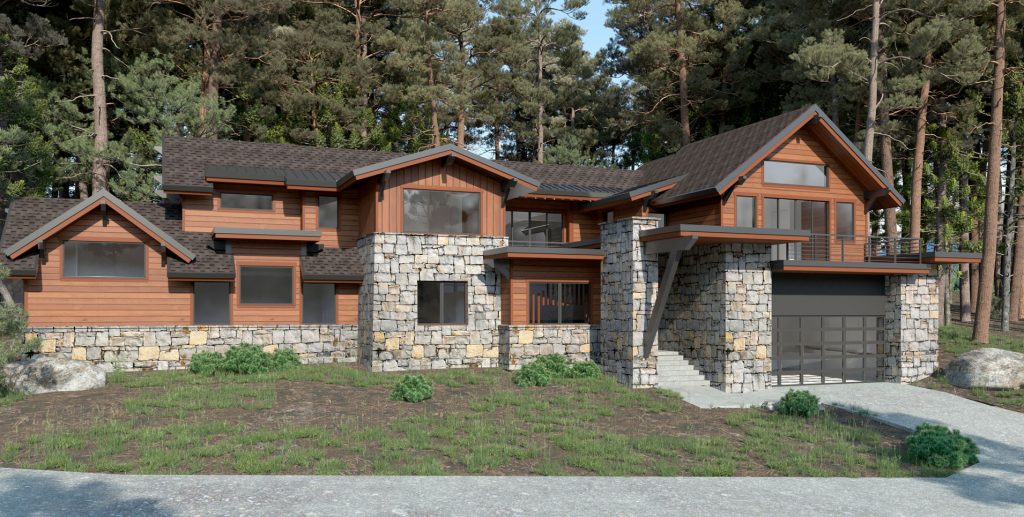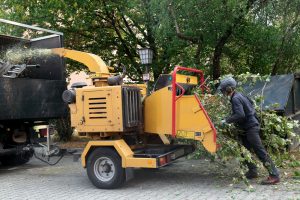
During the year, our team at Borelli Architecture in Incline Village likes to provide information about living in the mountains and tips to keep your home safe in your natural surroundings. During the fall season, Kelly and I make it a point to clean up our yard and prepare for the winter months to come.
Another bonus of living in the high-elevation wrapped within a forest setting is the free services we receive from various local agencies and organizations.
Read on to see the details about Incline Village Waste Management’s Yard Waste pick-up service and the North Lake Tahoe Protection District’s curbside chipping services.
Next, get your yard and piles in order.
- Clean up all the fallen leaves and perhaps limbs or tree debris accumulated over the summer months.
- Pine needles and clean yard waste should be placed in large trash bags; place your Waste Management stickers on each load and put them on the curb for pick-up (now through October 28). If you did not get your stickers from Waste Management, or have more questions, see all the details about Incline’s Yard Waste Management Program right here.
Next, take advantage of the North Lake Tahoe Fire Protection District FREE curbside chipping service if you have branches too big for your regular trash containers. Sign up on this form to make a request.
Then, prepare your curbside piles:
- All branches The branch diameter cannot exceed 6 inches.
- The pile must not contain stumps, roots, garbage, nails, lumber, or pine cones.
- The pile must not exceed 30 feet in length, 6 feet in height, and 6 feet in width.
Repurpose the chips:
Once the chipping has been completed, they will be left right where you left your pile and are ideal for erosion control or natural landscaping. Do note that WHERE you place the clipping is essential as well. The NLTFPD suggests that you keep the chippings AT LEAST five feet away from your home or any structure.
Information on their website also noted that if you spread the chips within 30 feet of a structure, you should be sure they are separated by ‘noncombustible’ areas like rock, pathways, driveways, or dirt.
After you do all the hard work, take time to enjoy the fall season. It will be snowing before you know it!
We hope this information helps you and your family prepare and plan for the winter months. For more tips, visit the blog we posted last fall about Home Winter Preparation Tips. And, if you ever need more insight into what it is like to live in the mountains or need a professional architect in Lake Tahoe to help build your mountain, lakefront, or golf resort home at Lake Tahoe, feel free to reach out at any time.
 James P. Borelli
James P. Borelli
Founder/Principal
Borelli Architecture
Lake Tahoe / Truckee
jim@borelliarchitecture.com
775.831.3060

